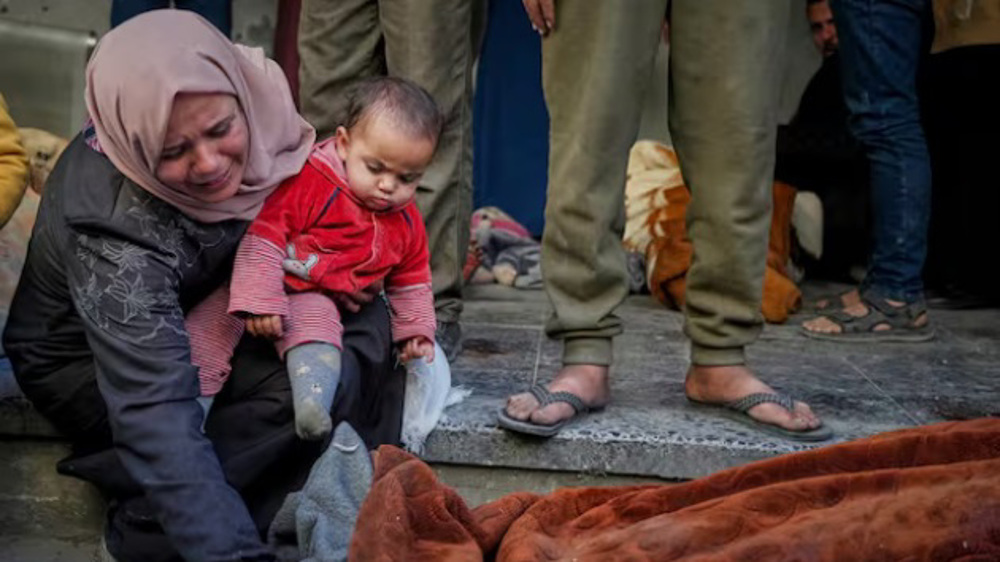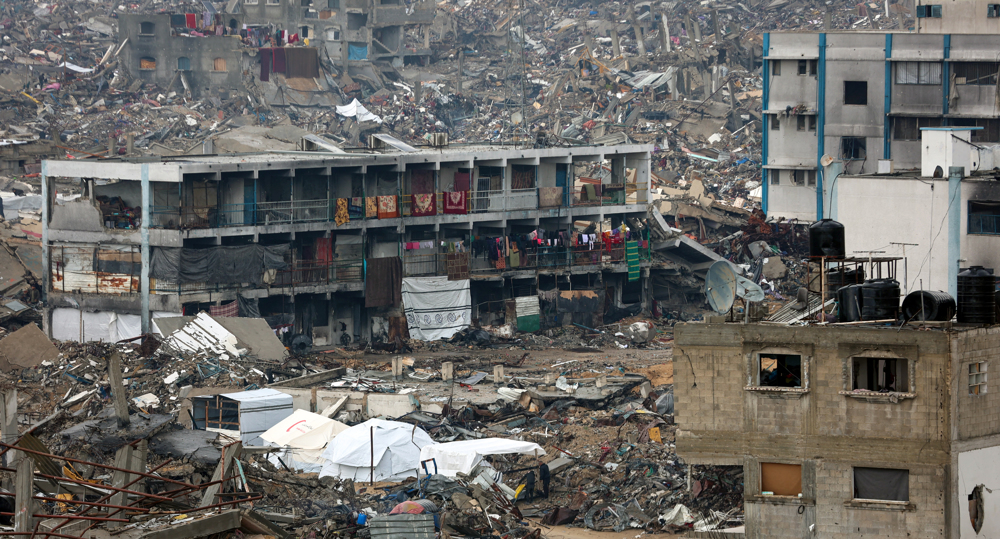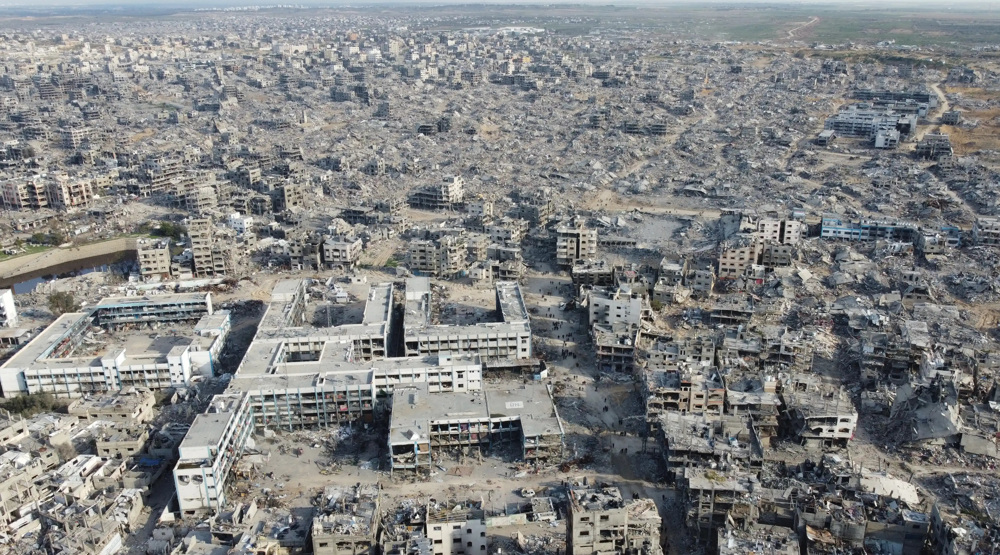Israel’s war on Gaza put back development by 60 years: UNDP chief
The Israeli regime’s war on Gaza has put back development in the besieged Strip by 60 years and mobilizing the tens of billions of dollars needed for reconstruction will be an uphill battle, the United Nations says.
Achim Steiner, administrator of the United Nations Development Program, made the remark in an interview at the World Economic Forum annual meeting in the Swiss resort town of Davos.
He said the war has damaged around two-thirds of all buildings in the Gaza Strip, warning that removing the estimated 42 million tonnes of rubble will be dangerous and complex.
He added that nearly 65 to 70 percent of buildings in Gaza have either been entirely destroyed or damaged.
"But we're also talking about an economy that has been destroyed, where we estimate that roughly 60 years of development have been lost in this conflict over 15 months.
"Two million people who are in the Gaza Strip have lost not only their shelter: they've lost public infrastructure, sewage treatment systems, freshwater supply systems, public waste management. All of these fundamental infrastructure and service elements simply do not exist."
Steiner explained that no one can capture human desperation in statistics for all these towering numbers.
Acting director of the UN Agency for Palestinian Refugees (UNRWA) in Gaza, Sam Rose said on Tuesday that the reconstruction of war-torn Gaza will demand "an awful lot of time," even as humanitarian aid begins to flow into the region following a truce agreement between Israel and Palestinian resistance movement Hamas.
The fragile ceasefire agreement took effect on Sunday.
Steiner further said it was difficult to put a timeframe on the reconstruction of Gaza given the "volatile" nature of the ceasefire and because the UN's immediate focus is on life-saving aid.
"When we talk about reconstruction, we are not talking about one or two years here. We are talking about years and years, until you even come close to rebuilding, first of all, the physical infrastructure, but it's also an entire economy,” the UNDP emphasized.
"People had savings. People had loans. People had invested in businesses. And all of this is lost. So we are talking about the physical and economic, and in some ways even the psychosocial phase for reconstruction."
Pointing to "tens of billions of dollars" needed for the physical reconstruction alone, he added that "we do face an enormous uphill struggle on how to mobilize that scale of finance".
The UN official noted that the reconstruction efforts may face vast challenges as the estimated volume of rubble may yet rise.
"This is not a simple undertaking of just loading it and transporting it somewhere. This rubble is dangerous. There are often still bodies that may not have been recovered. There's unexploded ordnance, landmines," Steiner explained.
He said reconstruction can provide a significant degree of the materials that can be recycled and used in the reconstruction process.
He added that huge amounts of temporary infrastructure would be needed if the ceasefire agreement lasts and firms up.
"Virtually every school and every hospital has been either severely damaged or destroyed. It's an extraordinary physical destruction that has happened."
The death toll from the Israeli offensive had reached 47,283 with numbers rising despite a truce as new bodies are found under the rubble.

Gaza’s children paying for Netanyahu’s political ambitions with blood: Hamas

Hamas releases video showing Israeli-American captive alive

Israeli forces detain Palestine TV crew in West Bank’s Jenin, seize equipment
Many wounded civilians die under Gaza rubble due to lack of equipment: Civil Defense
'Ugliest form of genocide': Palestine condemns Israel's attack on Gaza hospital
VIDEO | Press TV's news headlines
VIDEO | Israel renders the only operating hospital in Gaza out-of-service
Leader: Ill-wishers furious with Iran’s increasing advances
Jeffrey Sachs: West Asia will see no peace until US is out
The implications of Trump’s trade war for Iran
Iran: Indirect talks with US strictly limited to nuclear, sanctions issues








 This makes it easy to access the Press TV website
This makes it easy to access the Press TV website